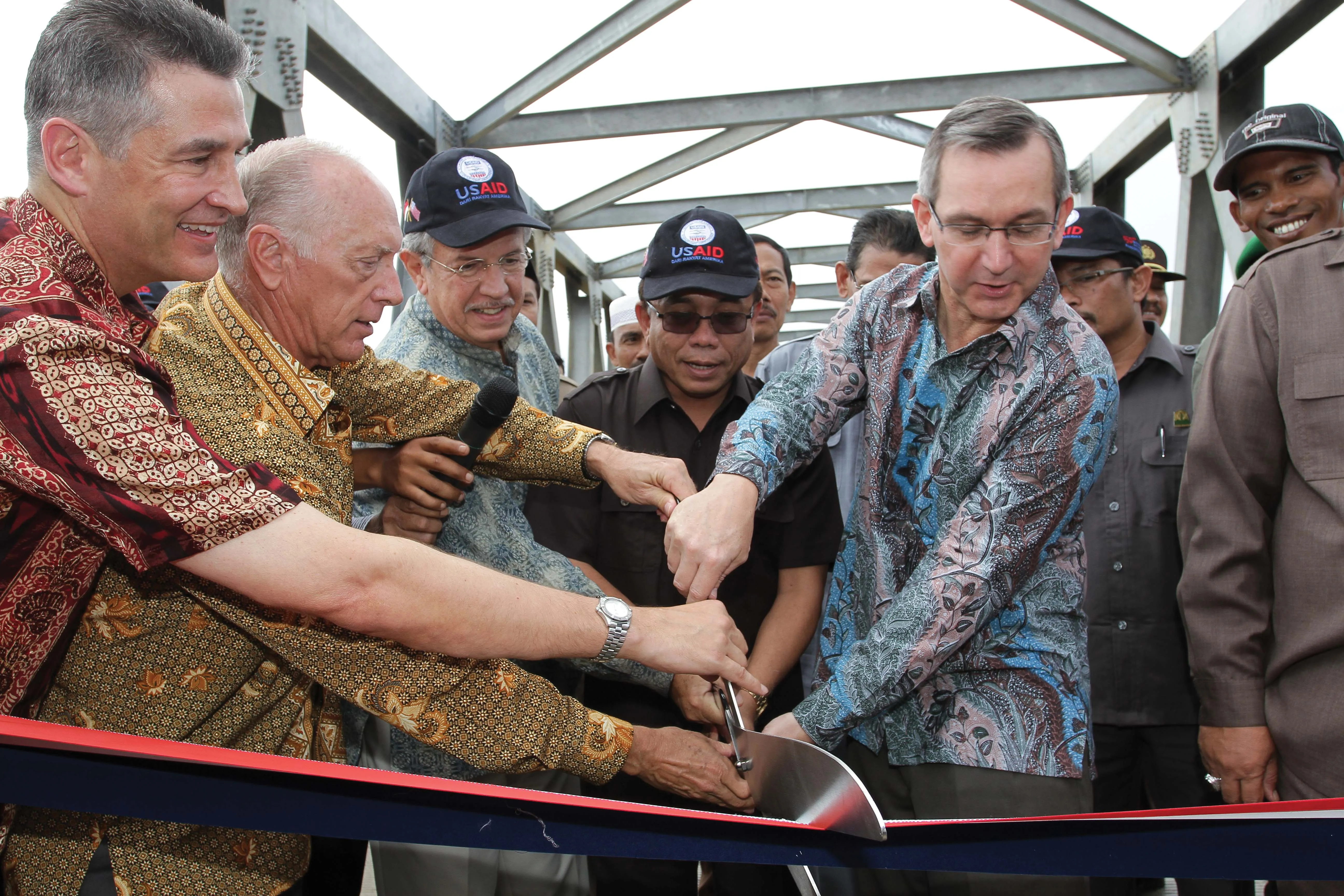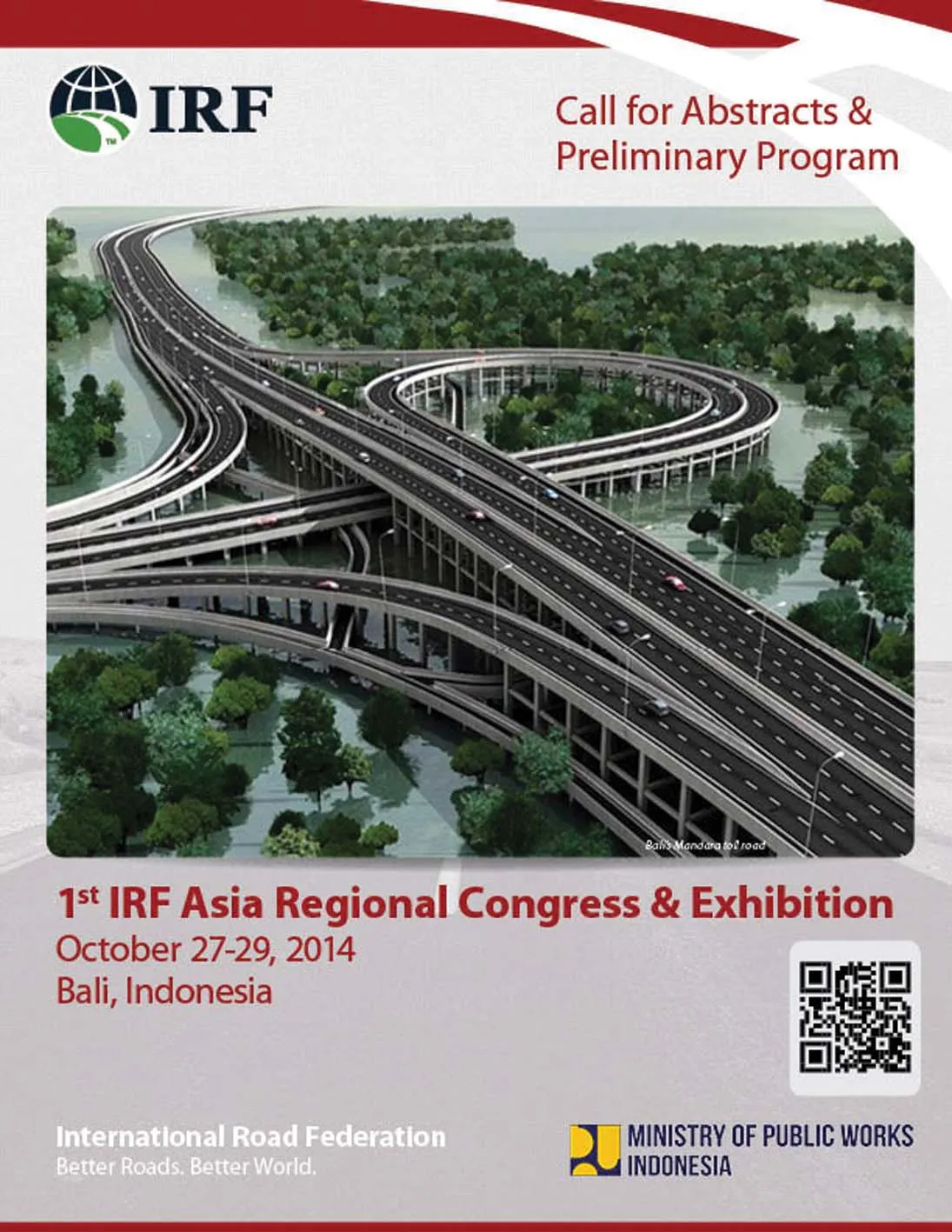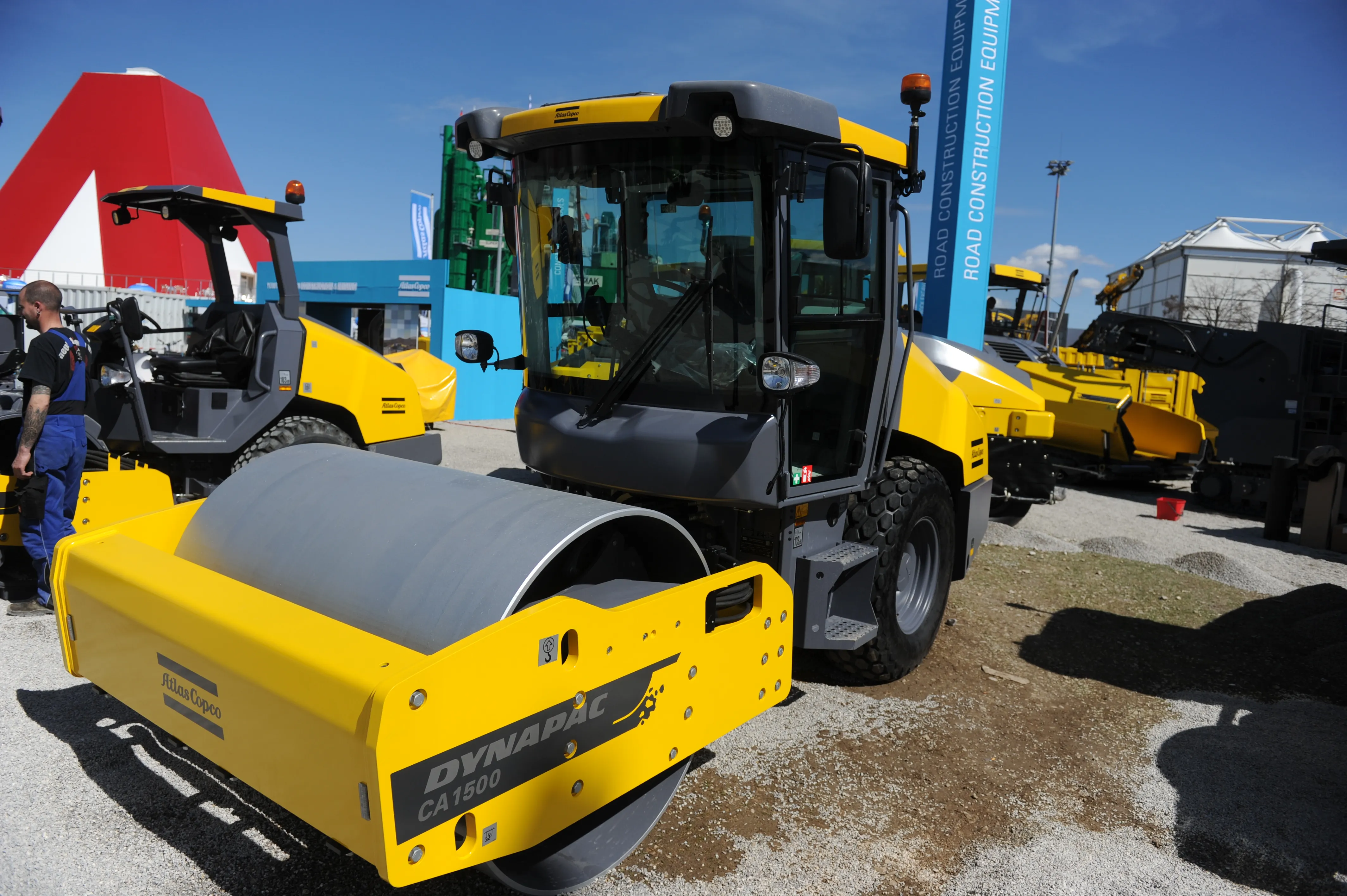The 9.1 magnitude earthquake and resulting series of tsunamis that struck Sumatra, Indonesia, in 2004 destroyed communities in 11 countries. Hardest hit was the Indonesian province of Aceh; an estimated 174,000 people were killed and 500,000 displaced. Basic infrastructure was left in ruin while the primary road along the west coast was destroyed. Vehicles making the trip had to navigate unpaved gravel roads, one-lane temporary bridges, and improvised ferries. Given the cataclysmic events that devastated th
May 15, 2014
Read time: 3 mins

The 9.1 magnitude earthquake and resulting series of tsunamis that struck Sumatra, Indonesia, in 2004 destroyed communities in 11 countries.
Hardest hit was the Indonesian province of Aceh; an estimated 174,000 people were killed and 500,000 displaced. Basic infrastructure was left in ruin while the primary road along the west coast was destroyed. Vehicles making the trip had to navigate unpaved gravel roads, one-lane temporary bridges, and improvised ferries. Given the cataclysmic events that devastated the Banda Aceh region and its ability to conduct economic activity, United States Agency for International Development (1372 USAID) stepped forward and signed a Strategic Objective Agreement with the 1065 Indonesian Government for tsunami-related post relief activities, which included the reconstruction and rehabilitation of the national coastal road between the provincial capital of Banda Aceh and Calang, the government centre of the Aceh Jaya District. USAID employed 3220 Parsons to design and manage construction of the road.
The design of the new road had to take into account Aceh’s unique blend of rainforest, coastal swamplands, and steep limestone hills. The alignment’s design also had to comprise segments of new road to replace roads that had disappeared where the coastline was reshaped. USAID made an important decision to focus on the quality, safety, and durability of the new road at the expense of quick completion. Instead of simply reconstructing the pretsunami road, which in large part would have involved overlaying and following the alignment of the 6m-wide, two-lane road, an 11m-wide road that included 2m paved shoulders and built to a higher national standard was provided. Where possible, the road was also constructed inland from the coast and on higher ground to improve its durability. The scope of the reconstruction ultimately comprised 145 km of road, as well as 27 steel truss and concrete bridges and 273 drainage culverts.
With consideration of the plight of the region and the immediate need for a paved road, USAID awarded a priority contract to5207 Wijaya Karya for the immediate construction of a mainly new road in the highly travelled northern area approaching Banda Aceh. USAID subsequently awarded two additional contracts to Ssangyong and 5206 Hutama Karya to construct the remainder of the road. The decision to provide sections of new alignment carried risk. Getting legal access to the land needed for the right of way involved the procurement of more than 4,000 properties. This figure is tragically large because many of the landowners at the time of the tsunami were killed while official records of land titles and property ownership were washed away.
USAID managed a reconstruction effort challenged by many obstacles. Team building with government leaders was essential to overcome major local roadblocks. The Aceh Road project helped the Aceh province recover from a devastating natural disaster and significantly improved the quality of life throughout the region. In the process, it contributed to peace and stability in a once troubled region.
More information at: %$Linker:2 External <?xml version="1.0" encoding="utf-16"?><dictionary /> 0 0 0 oLinkExternal www.Parsons.com/projects/pages/aceh-road.aspx website: www.parsons.com/projects/pages/aceh-road.aspx false http://www.parsons.com/projects/pages/aceh-road.aspx false false %>
2014 GRAA Applications
The Global Road Achievement Awards (GRAA) is a one-of-a-kind competition to recognize innovative road projects and exemplary people that place the road industry at the forefront of worldwide social and economic development. Entries should be submitted by June 30, 2014.
More information at %$Linker:2 External <?xml version="1.0" encoding="utf-16"?><dictionary /> 0 0 0 oLinkExternal www.irfnews.org/graa website: www.irfnews.org/graa false http://www.irfnews.org/graa false false %>
Hardest hit was the Indonesian province of Aceh; an estimated 174,000 people were killed and 500,000 displaced. Basic infrastructure was left in ruin while the primary road along the west coast was destroyed. Vehicles making the trip had to navigate unpaved gravel roads, one-lane temporary bridges, and improvised ferries. Given the cataclysmic events that devastated the Banda Aceh region and its ability to conduct economic activity, United States Agency for International Development (
The design of the new road had to take into account Aceh’s unique blend of rainforest, coastal swamplands, and steep limestone hills. The alignment’s design also had to comprise segments of new road to replace roads that had disappeared where the coastline was reshaped. USAID made an important decision to focus on the quality, safety, and durability of the new road at the expense of quick completion. Instead of simply reconstructing the pretsunami road, which in large part would have involved overlaying and following the alignment of the 6m-wide, two-lane road, an 11m-wide road that included 2m paved shoulders and built to a higher national standard was provided. Where possible, the road was also constructed inland from the coast and on higher ground to improve its durability. The scope of the reconstruction ultimately comprised 145 km of road, as well as 27 steel truss and concrete bridges and 273 drainage culverts.
With consideration of the plight of the region and the immediate need for a paved road, USAID awarded a priority contract to
USAID managed a reconstruction effort challenged by many obstacles. Team building with government leaders was essential to overcome major local roadblocks. The Aceh Road project helped the Aceh province recover from a devastating natural disaster and significantly improved the quality of life throughout the region. In the process, it contributed to peace and stability in a once troubled region.
More information at: %$Linker:
2014 GRAA Applications
The Global Road Achievement Awards (GRAA) is a one-of-a-kind competition to recognize innovative road projects and exemplary people that place the road industry at the forefront of worldwide social and economic development. Entries should be submitted by June 30, 2014.
More information at %$Linker:







